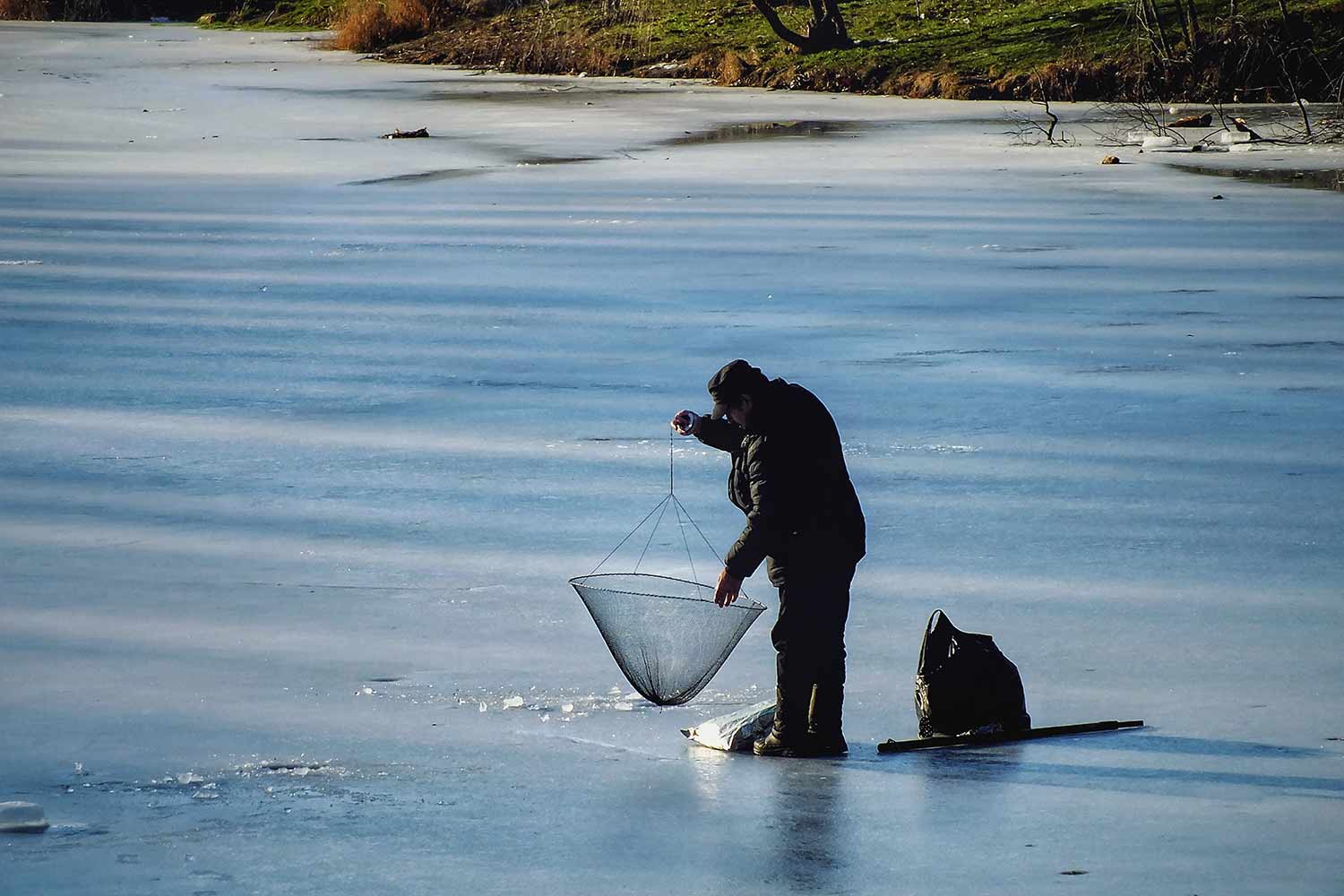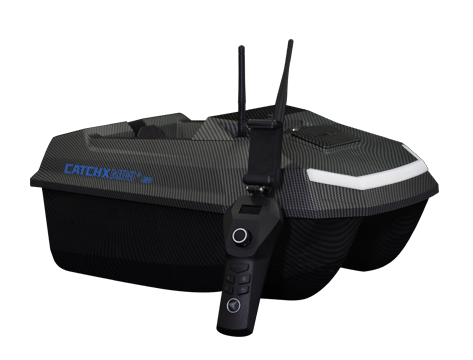How to Choose the Best Fish Finder for Ice Fishing
We understand the unique challenges that ice anglers face when pursuing their passion in frozen waters. That's why we've dedicated ourselves to developing state-of-the-art fishing products tailored to enhance the ice fishing experience. In this guide, we'll walk you through the essential considerations for choosing the best fish finder for your ice fishing adventures.
1. Frequency Matters of Ice Fish Finder
Fish finders operate on different frequencies, each offering its own set of advantages. One of the first things to consider when selecting an ice fish finder is the frequency of the unit. Higher frequencies, such as 200 kHz or more, provide detailed information about fish and the underwater environment but may have limited depth penetration. Lower frequencies, around 50 kHz, can penetrate deeper but offer less detail. For most ice fishing scenarios, a fish finder with a frequency between 100 kHz and 200 kHz is ideal, striking a balance between depth and detail.
2. Battery Life for Extended Sessions of Ice Fish Finder
Cold temperatures can have a significant impact on battery life, so it's essential to choose an ice fish finder with sufficient endurance for your fishing sessions. Opt for a unit with a long-lasting rechargeable battery or one that allows for the use of replaceable batteries. Consider carrying spare batteries if you plan to spend extended hours on the ice.

3. Portability and Ease of Use
Ice anglers often need to move from hole to hole to find the best fishing spots. Therefore, a portable and easy-to-use fish finder is advantageous. Look for a compact design that is lightweight and easy to carry. Intuitive controls are also essential, especially when you're wearing gloves in cold conditions. You want a fish finder that allows you to quickly adjust settings and navigate the interface with ease.
4. Depth and Coverage
The depth and coverage capabilities of your ice fish finder are critical factors. Ensure that the unit can effectively cover the depth of the waters you plan to fish. Additionally, consider whether you need a wider coverage area, which can be useful for locating fish across a broader underwater landscape.
5. GPS and Mapping Features
Some ice fish finders come equipped with GPS and mapping features, which can be valuable for marking waypoints, creating maps of your fishing spots, and tracking your routes on the ice. These features can help you stay organized and improve your overall ice fishing experience.
6. Real-Time Data and Updates
Lastly, a top-quality ice fish finder should provide real-time data and updates about fish presence, depth, and underwater structure. The ability to monitor fish movements in real time allows you to adjust your tactics and increase your chances of a successful catch.
In conclusion, selecting the best fish finder for ice fishing involves careful consideration of frequency, battery life, portability, depth and coverage, GPS and mapping features, and real-time data capabilities. With the right fish finder in hand, you'll be well-equipped to tackle the challenges of ice fishing and make the most of your time on the frozen waters. Happy ice fishing!























